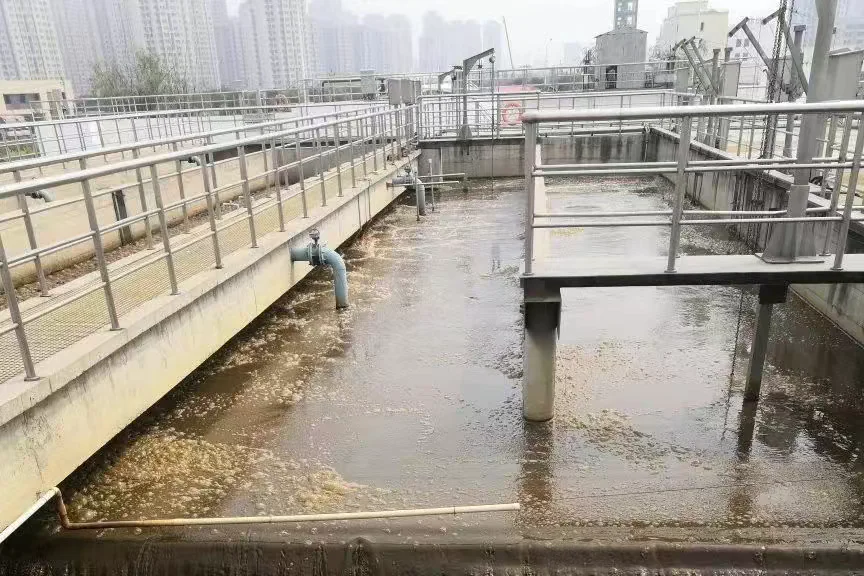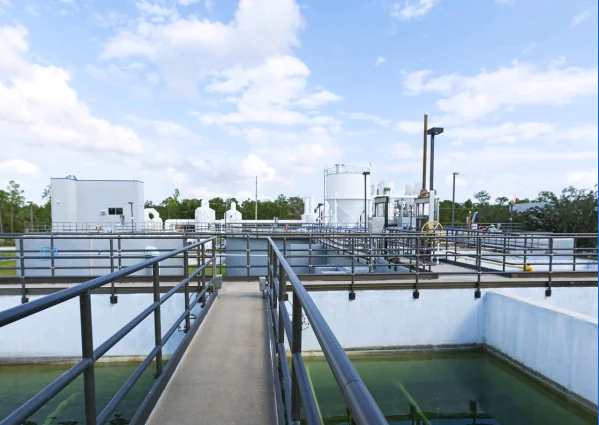In municipal and industrial wastewater treatment, high ammonia levels are a common headache. Operators often respond by increasing aeration—hoping to boost nitrifying bacteria and convert ammonia (NH₄⁺) into nitrate (NO₃⁻).
But sometimes, even with strong aeration, ammonia remains high. That’s because the root problem may not be oxygen—but deeper system issues.
Here are 5 key reasons why ammonia stays high even after intensive aeration:

🌡️ Temperature Outside Ideal Range
Nitrifying bacteria are highly sensitive to temperature.
- 💡 Optimal range: 20–30°C
- <5°C or >35°C → activity drops sharply
- 40°C → nitrification may stop completely
If water temperature is outside this window, ammonia removal will be very slow—even with high DO.
🧪 pH or Alkalinity Not in the Right Range
When pH > 9, ammonium (NH₄⁺) turns into free ammonia (NH₃), which is toxic to nitrifiers.
- ✅ Keep pH at 6.5–8.5
- 🧂 Maintain stable alkalinity to support nitrification
If pH and alkalinity are unstable, the system can’t sustain consistent ammonia removal.
🧬 Inhibition from High Ammonia or Nitrite
Both ammonia and nitrite can become toxic at high concentrations.
- Too much ammonia = overload for bacteria
- Nitrite buildup = process bottleneck
🛠️ Solutions:
- Use air stripping to reduce ammonia before bio-treatment
- Apply denitrification first to remove nitrite and restart nitrification
⚖️ Excess Organic Load: Heterotrophs Take Over
If COD is too high, heterotrophic bacteria grow faster and outcompete nitrifiers for space and oxygen.
This causes:
- Nitrifier population to drop
- Ammonia removal rate to decline
Fix it by:
- Adjusting C/N ratio
- Increasing MLSS
- Seeding with nitrifying cultures
☣️ Sludge Toxicity or Heavy Metal Interference
Industrial wastewater may contain:
- Heavy metals
- Toxic organics
These can poison the sludge, killing sensitive nitrifying bacteria.
🧯 Solutions:
- Trace the contamination source
- Replace toxic sludge
- Use detox agents or specialized bacteria to recover performance

🧩 Final Thoughts
More air doesn’t always mean more nitrification. ✅ Solving high ammonia requires a full-system review, not just more aeration.
By understanding these 5 key factors, operators can:
- Fix the real cause
- Improve ammonia removal
- Lower overall operating cost
💬 Have similar issues or solutions? Share in the comments or reach out for technical support.
